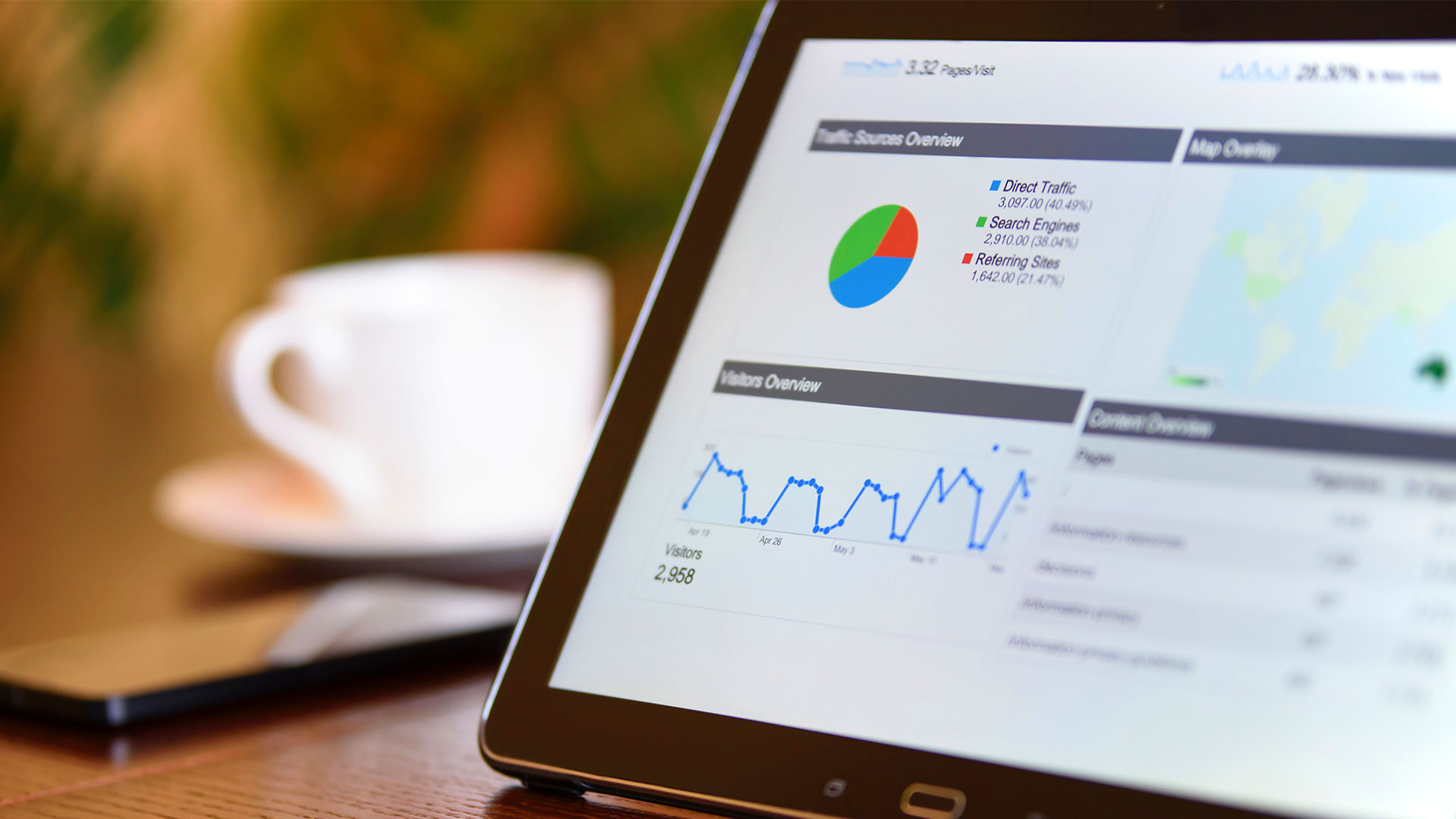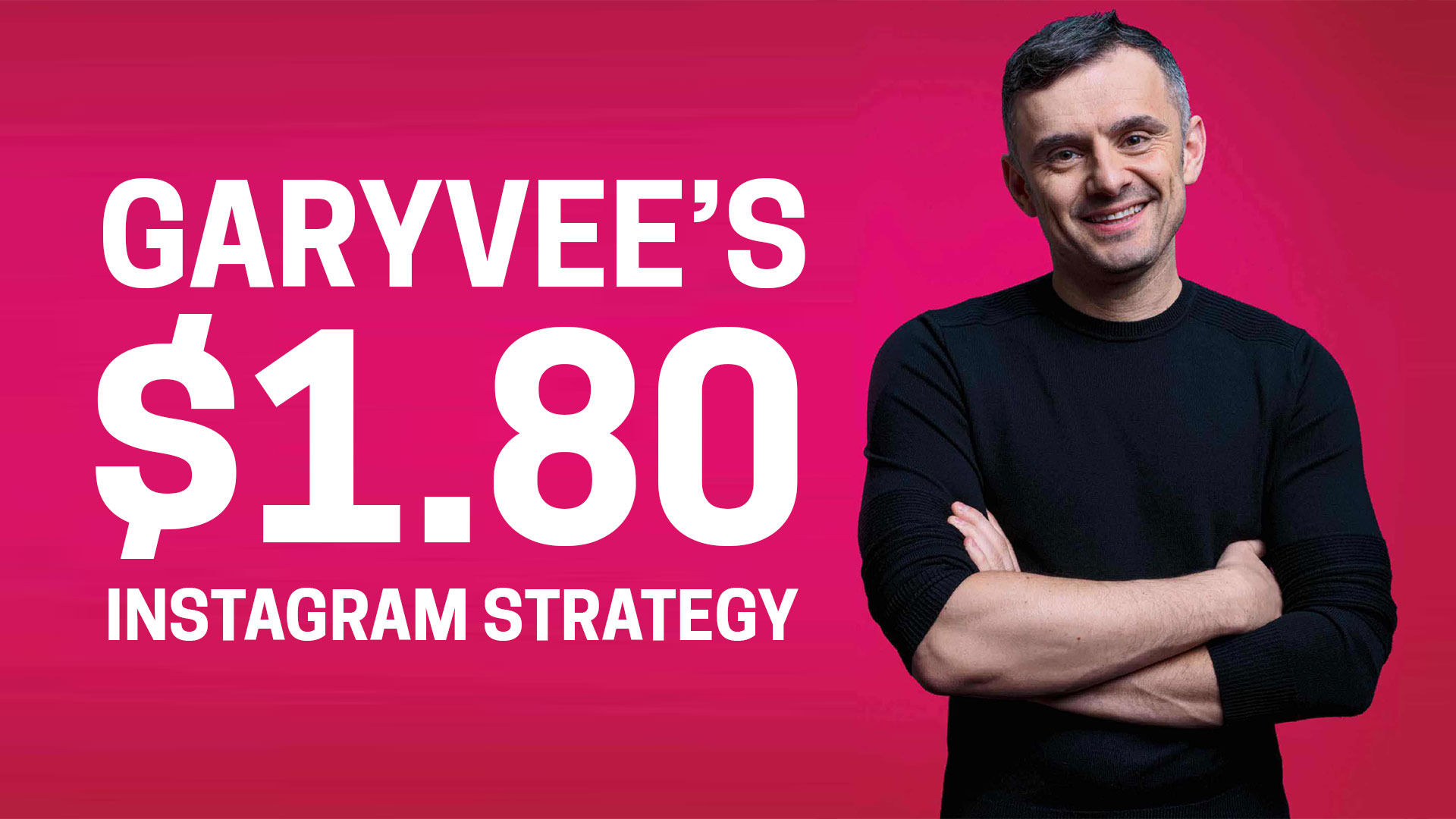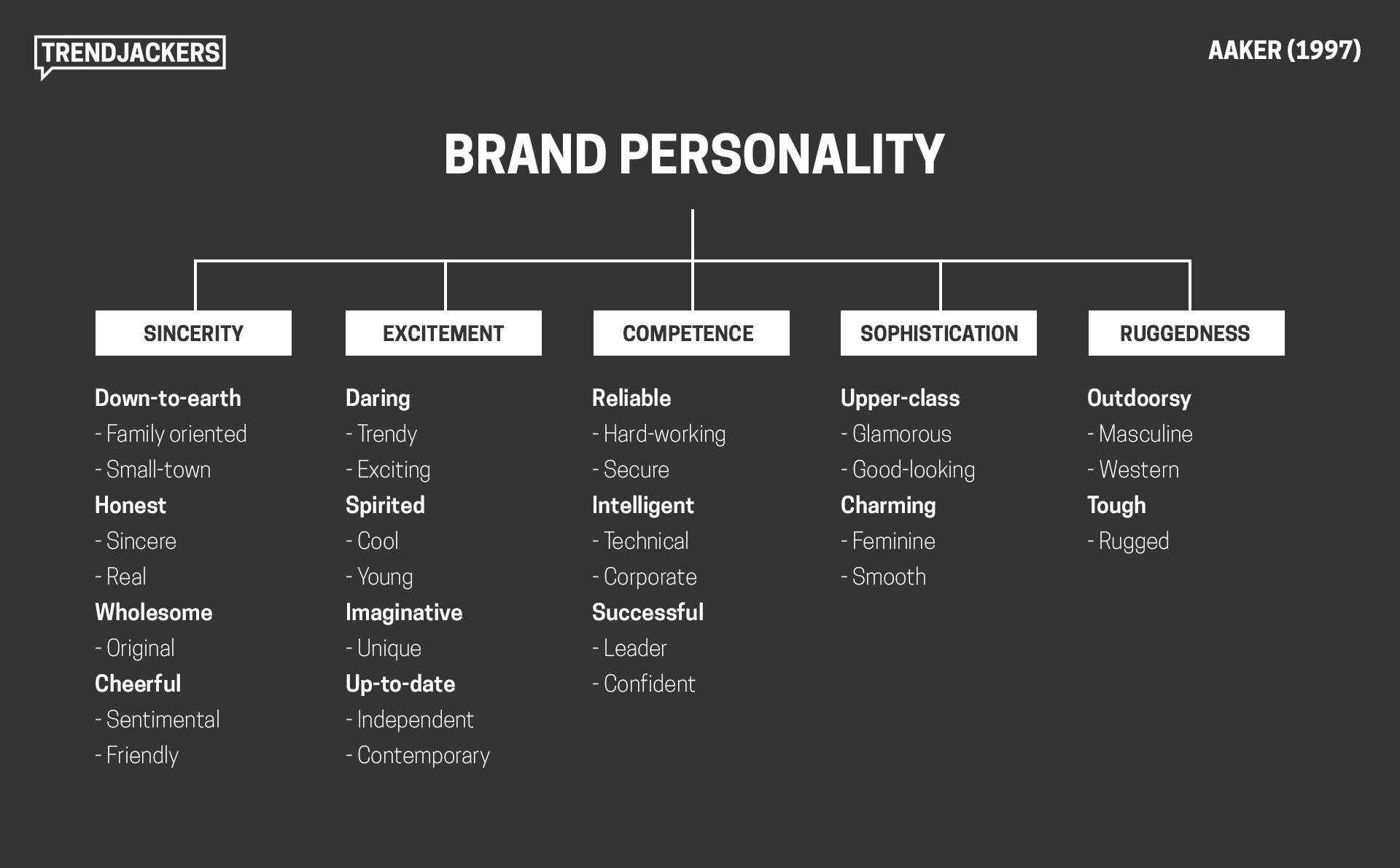Leveraging various social media platforms for marketing purposes has been a somewhat standard practise for many years now, however some of these networks have proven to be more difficult than others to utilise successfully.
If you have a search online, you can find endless amounts of information regarding the other more prominent networks such as Twitter and Facebook. We posted an article about how to increase your Twitter following recently in fact, as well as an article shedding some light on Facebook’s new fake news filter.
This begs the question, how can Pinterest be used for marketing? This more niche and visual platform has been around for quite some time now but isn’t covered nearly as much as those previously mentioned.
In this article we will be exploring how you can leverage Pinterest for your marketing strategy, but before we get into that, let’s find out more about Pinterest.
WHAT IS PINTEREST?
Pinterest is a platform that attracts over 150 active million users per month. Standing apart from other social media sites which focus primarily on community discussion or user-engagement, Pinterest acts more like a ‘digital scrapbook’ than a conventional ‘social network’.
Referring to themselves as a ‘tool for discovering & for sharing new ideas’, Pinterest is not really the place to catch up with your friends, nor share your recent holiday photos.
The network has been likened to to ‘a visual search engine – similar to Google’ by Sean O’ Neil (CEO of Adaptly) and recent figures show that in 2016, Pinterest received around 2 billion searches per month.
Pinterest stands apart by focusing more on being a digital scrapbook which allows users to share, collect and discover creative ideas and visual bookmarks known as ‘Pins’ which are self-organised with private and public ‘boards’.
As a relatively ‘low-key’ platform, Pinterest has historically had the reputation that it was primarily targeted towards brides-to-be. However, in more recent times, figures show that the demographic makeup of Pinterest is starting to change.
These days, around one third of signups register are male and as Pinterest enters its sixth year of trading, it’s audience continues to grow and active UK-based accounts grew by 50% in 2016.
THE DIFFERENCE BETWEEN PINTEREST AND OTHER SOCIAL NETWORKS
As Pinterest’s user base has now significantly matured, the platform has grown a reputation as the ‘sleeping giant’ of social sites. It has been documented that Pinterest users have a higher purchase intent than on all other social media sites.
In a report commissioned by Business Insider, eCommerce platform Etsy revealed that Pinterest was responsible for the same amount of traffic to their website as Facebook, and also drove more traffic to their site than Twitter, Instagram & Youtube combined.
Furthermore, recent research shows that Pinterest users are more engaged than Facebook users, with over 70% of users directly engaging with & saving pins on a regular basis. This presents Pinterest as a fresh alternative to social media marketers who have recently seen their Facebook reach plummet by up to 42%.
Perhaps, the higher engagement metrics displayed on Pinterest over more traditional social networks can be attributed to the different way in which users interact with the platform. Due to it’s nature as a discovery and bookmarking platform, Pinterest lends itself better to generating free, converting traffic than on Facebook where outbound links are generally discouraged.
Users on Pinterest can be said to be highly active participants in the searching process, with users directly searching for, bookmarking and uploading new ideas. This is a stark contrast to Facebook, where users tend to focus primarily on passively scrolling through an infinite timeline of tailored news updates.
PINTEREST CONTENT HAS A LONG SHELF-LIFE
Reports show that content posted on Pinterest can go a long way and, on average, Pinterest content has a shelf life of 30 days of more.
Content posted on Facebook or Twitter however, has an average lifespan of a few hours. Reports show that Pinterest content can have a shelf life of 30 days or more.
Due to the non-linear way in which content is accessed on Pinterest via the search function, users are able to access a wider variety of content than on a more typical news based timeline that many of the other networks utilise.
PINTEREST AND CONSUMER BUYER BEHAVIOUR
Due to the unique search functionality available on Pinterest, it can often be the most ideal social network to target consumers at each stage of the consumer buyer behaviour model, which was discussed by Engel et al in 1968.
The following chart aims to represent how Pinterest can be used to interact with the consumer at each stage of their decision making, as well as this, recommendations about the type of content that will be most effective to consumers in this buyer stage are suggested.
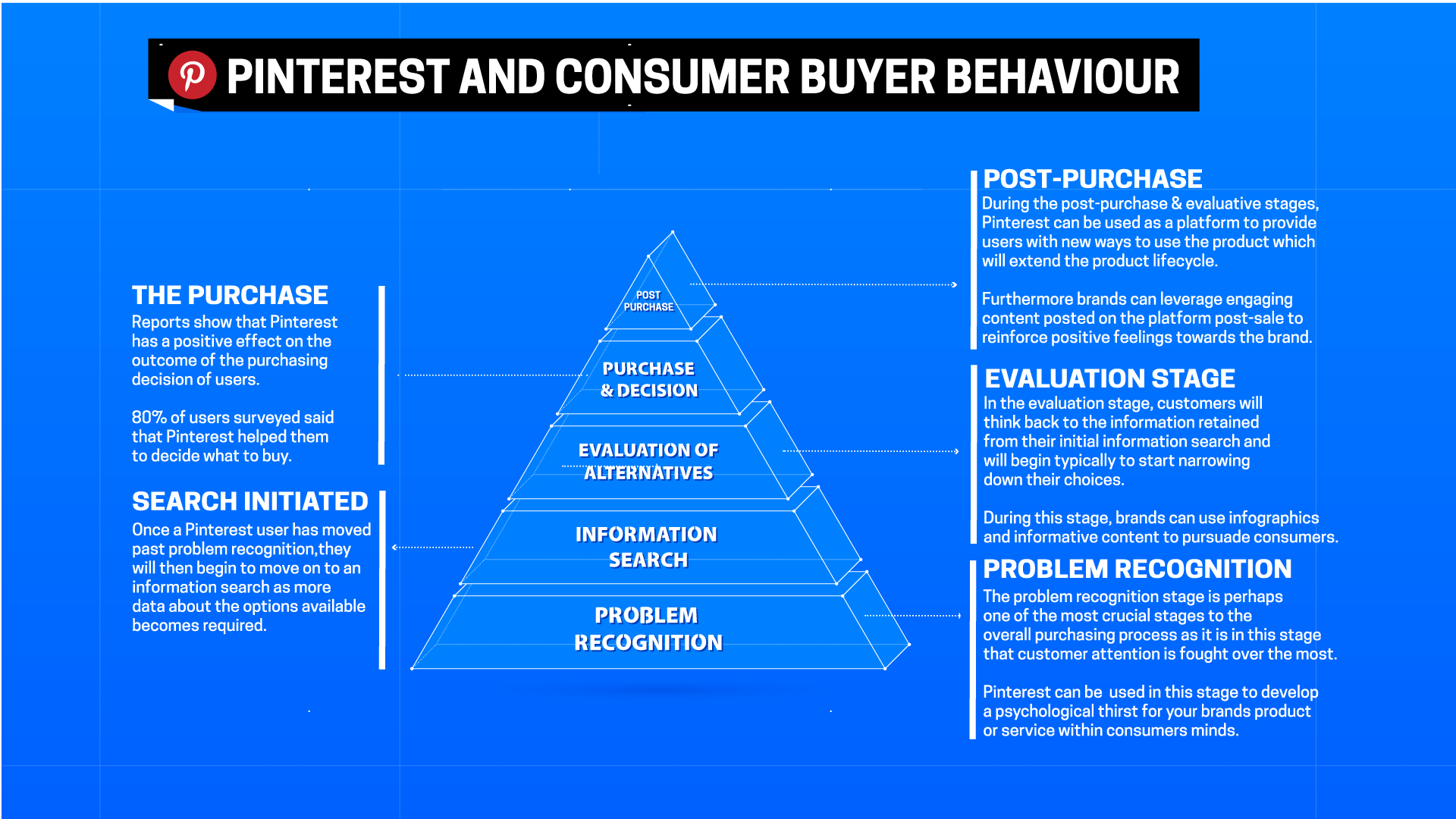
1) PROBLEM RECOGNITION
93% of Pinterest users have used the platform to plan a purchase, and all purchases start with the needs consideration or problem recognition stage.
The problem recognition stage is perhaps one of the most crucial stages to the overall purchasing process, as it is in this stage in which customer attention is fought over most.
Consumers develop a psychological thirst within their mind at the sight of highly evocative, visually-stimulating images which are posted on Pinterest to provide external mental stimuli, leading potential customers to create further desire within their minds for the product or service on offer.
Effective tactics within this include producing and distributing effective lifestyle and catalogue photos designed with the intent to demonstrate the intangible benefits of your product or service in a positive light.
How Pinterest can be utilised: Display visually appealing products or pieces of branded content to grow awareness and earn repins.
Example: Etsy create visual stimuli to provoke problem recognition through the use of lifestyle images posted on Pinterest and organised it into boards such as ‘Living Room Style’ & ‘Handmade gifts’ which consumers can browse through to generate home style ideas – ‘We could really do with a new lamp!’.
2) INFORMATION SEARCH
Once a Pinterest user has moved past problem recognition and identified a need, they will move on to an information search in which more data is sought by the consumer to further guide their purchasing process.
In the information searching stage, users navigate Pinterest via the search function, as well as through related posts and relevant boards in order to gain greater knowledge on the subject of their research.
How Pinterest can be utilised: Those who stand out on Pinterest during this stage will be those who have effectively categorized their Pinterest content into engaging boards designed to resonate with potential audiences. It is advised to conduct a little research into ensuring that you properly optimise your posts on Pinterest to make sure that your content is easily searchable.
Example: Warby Parker effectively organise their Pinterest content into different collections (Winter 2016) which show off their glasses with different style combinations, making it much easier for customers who are searching for a new pair of glasses to find new styles they may like.
3) EVALUATION OF ALTERNATIVES
After the initial information search has been completed, the user can begin to evaluate their options and choose what they think is best based on the facts available.
In the evaluation stage, customers will think back to the information retained from their search in stage one, and begin to typically narrow down their choices. Due to the visual nature of Pinterest as a platform, it provides a fantastic space for persuading customers to take action in a visual way.
Pinterest provides brands with multiple opportunities to influence the buyer at this stage of the process; Persuasive feature-based arguments can be easily presented to the customer in the form of branded infographics – ‘e.g: Top watches of Summer 2016’
How Pinterest can be utilised: Infographics and product comparison content can work hand-in-hand on Pinterest to help sway customers purchasing decision by appealing in an objective, feature-based & informative way.
Example: Guinness, who targeted men on the platform with their infographic, eventually you get to Guinness
4) PURCHASING DECISION
Wall Street Journal found, through use of a survey that Pinterest has a positive effect in influencing the purchasing decisions of consumers. 80% of users surveyed mentioned that Pinterest Content had in the past helped them to decide what to buy and furthermore 72% of users purchased something in the real world that they had originally seen on Pinterest.
How Pinterest can be utilised: Since the launch of new promoted Pins, advertisers now have a range new ways to reach consumers in order to influence critical purchasing decisions and can target users based on their interest in related items.
Example: Macy’s clothing use buyable pins which have been reported to have a direct impact on impulse spending.
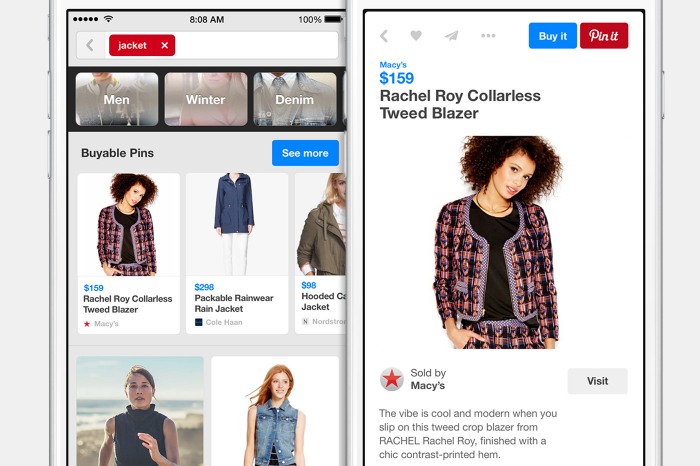
5) POST-PURCHASE AND EVALUATION
During the post-purchase & evaluative stages, Pinterest can be used as a platform to provide users with new ways to use the product which will extend the product lifecycle. Furthermore brands can leverage engaging content posted on the platform after the sale to reinforce positive associations towards the brand as well as to alleviate feelings of buyer’s remorse.
How Pinterest can be utilised: Use boards to demonstrate different ways that your products can be used. Leverage relevant opinion leaders in your field to create positive brand associations post-purchase.
Example: Clothing brand, 7 For All Mankind used Pinterest to create positive brand associations post-purchase and show different ways their products can be worn through the use of their board Our Favourite Bloggers in 7FAM’.
CONCLUSION
By understanding the consumer buyer behaviour of Pinterest, we can leverage that knowledge to improve and execute successful Pinterest marketing strategies that capitalise on the various benefits that the network has to offer, such as the earlier mentioned higher conversion and engagement rates.
As with almost all areas of marketing, when constructing your plan for utilising Pinterest, try to think about it from the perspective of your audience. By putting yourself in their shoes, you’ll be able to come up with a plan that has the most potential for success.
Do you have any Pinterest marketing tips or advice? Post a comment with it below to share it with other readers of this article.
Comments
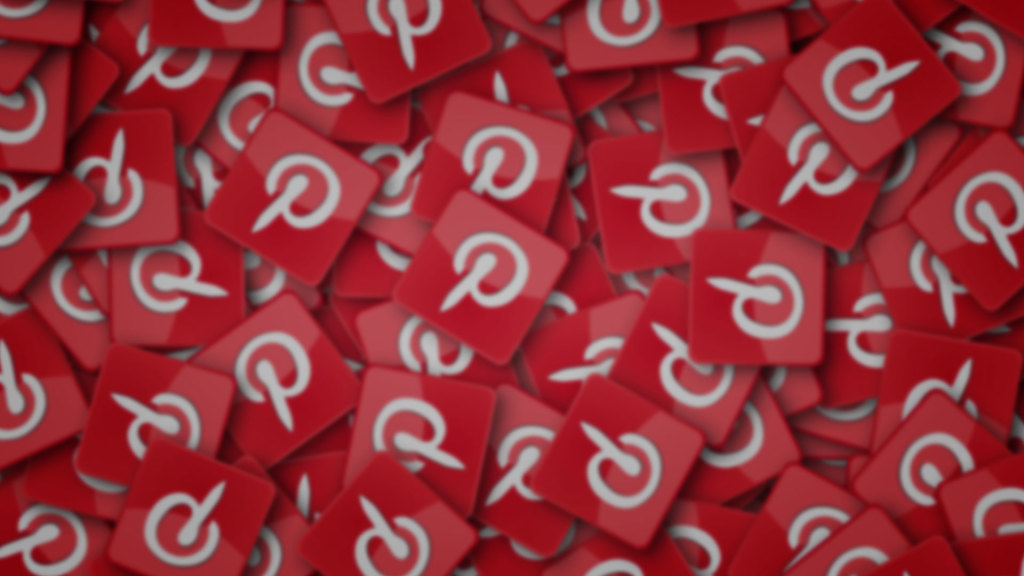
Leveraging various social media platforms for marketing purposes has been a somewhat standard practise for many years now, however some of these networks have proven to be more difficult than others to utilise successfully.
If you have a search online, you can find endless amounts of information regarding the other more prominent networks such as Twitter and Facebook. We posted an article about how to increase your Twitter following recently in fact, as well as an article shedding some light on Facebook’s new fake news filter.
This begs the question, how can Pinterest be used for marketing? This more niche and visual platform has been around for quite some time now but isn’t covered nearly as much as those previously mentioned.
In this article we will be exploring how you can leverage Pinterest for your marketing strategy, but before we get into that, let’s find out more about Pinterest.
WHAT IS PINTEREST?
Pinterest is a platform that attracts over 150 active million users per month. Standing apart from other social media sites which focus primarily on community discussion or user-engagement, Pinterest acts more like a ‘digital scrapbook’ than a conventional ‘social network’.
Referring to themselves as a ‘tool for discovering & for sharing new ideas’, Pinterest is not really the place to catch up with your friends, nor share your recent holiday photos.
The network has been likened to to ‘a visual search engine – similar to Google’ by Sean O’ Neil (CEO of Adaptly) and recent figures show that in 2016, Pinterest received around 2 billion searches per month.
Pinterest stands apart by focusing more on being a digital scrapbook which allows users to share, collect and discover creative ideas and visual bookmarks known as ‘Pins’ which are self-organised with private and public ‘boards’.
As a relatively ‘low-key’ platform, Pinterest has historically had the reputation that it was primarily targeted towards brides-to-be. However, in more recent times, figures show that the demographic makeup of Pinterest is starting to change.
These days, around one third of signups register are male and as Pinterest enters its sixth year of trading, it’s audience continues to grow and active UK-based accounts grew by 50% in 2016.
THE DIFFERENCE BETWEEN PINTEREST AND OTHER SOCIAL NETWORKS
As Pinterest’s user base has now significantly matured, the platform has grown a reputation as the ‘sleeping giant’ of social sites. It has been documented that Pinterest users have a higher purchase intent than on all other social media sites.
In a report commissioned by Business Insider, eCommerce platform Etsy revealed that Pinterest was responsible for the same amount of traffic to their website as Facebook, and also drove more traffic to their site than Twitter, Instagram & Youtube combined.
Furthermore, recent research shows that Pinterest users are more engaged than Facebook users, with over 70% of users directly engaging with & saving pins on a regular basis. This presents Pinterest as a fresh alternative to social media marketers who have recently seen their Facebook reach plummet by up to 42%.
Perhaps, the higher engagement metrics displayed on Pinterest over more traditional social networks can be attributed to the different way in which users interact with the platform. Due to it’s nature as a discovery and bookmarking platform, Pinterest lends itself better to generating free, converting traffic than on Facebook where outbound links are generally discouraged.
Users on Pinterest can be said to be highly active participants in the searching process, with users directly searching for, bookmarking and uploading new ideas. This is a stark contrast to Facebook, where users tend to focus primarily on passively scrolling through an infinite timeline of tailored news updates.
PINTEREST CONTENT HAS A LONG SHELF-LIFE
Reports show that content posted on Pinterest can go a long way and, on average, Pinterest content has a shelf life of 30 days of more.
Content posted on Facebook or Twitter however, has an average lifespan of a few hours. Reports show that Pinterest content can have a shelf life of 30 days or more.
Due to the non-linear way in which content is accessed on Pinterest via the search function, users are able to access a wider variety of content than on a more typical news based timeline that many of the other networks utilise.
PINTEREST AND CONSUMER BUYER BEHAVIOUR
Due to the unique search functionality available on Pinterest, it can often be the most ideal social network to target consumers at each stage of the consumer buyer behaviour model, which was discussed by Engel et al in 1968.
The following chart aims to represent how Pinterest can be used to interact with the consumer at each stage of their decision making, as well as this, recommendations about the type of content that will be most effective to consumers in this buyer stage are suggested.

1) PROBLEM RECOGNITION
93% of Pinterest users have used the platform to plan a purchase, and all purchases start with the needs consideration or problem recognition stage.
The problem recognition stage is perhaps one of the most crucial stages to the overall purchasing process, as it is in this stage in which customer attention is fought over most.
Consumers develop a psychological thirst within their mind at the sight of highly evocative, visually-stimulating images which are posted on Pinterest to provide external mental stimuli, leading potential customers to create further desire within their minds for the product or service on offer.
Effective tactics within this include producing and distributing effective lifestyle and catalogue photos designed with the intent to demonstrate the intangible benefits of your product or service in a positive light.
How Pinterest can be utilised: Display visually appealing products or pieces of branded content to grow awareness and earn repins.
Example: Etsy create visual stimuli to provoke problem recognition through the use of lifestyle images posted on Pinterest and organised it into boards such as ‘Living Room Style’ & ‘Handmade gifts’ which consumers can browse through to generate home style ideas – ‘We could really do with a new lamp!’.
2) INFORMATION SEARCH
Once a Pinterest user has moved past problem recognition and identified a need, they will move on to an information search in which more data is sought by the consumer to further guide their purchasing process.
In the information searching stage, users navigate Pinterest via the search function, as well as through related posts and relevant boards in order to gain greater knowledge on the subject of their research.
How Pinterest can be utilised: Those who stand out on Pinterest during this stage will be those who have effectively categorized their Pinterest content into engaging boards designed to resonate with potential audiences. It is advised to conduct a little research into ensuring that you properly optimise your posts on Pinterest to make sure that your content is easily searchable.
Example: Warby Parker effectively organise their Pinterest content into different collections (Winter 2016) which show off their glasses with different style combinations, making it much easier for customers who are searching for a new pair of glasses to find new styles they may like.
3) EVALUATION OF ALTERNATIVES
After the initial information search has been completed, the user can begin to evaluate their options and choose what they think is best based on the facts available.
In the evaluation stage, customers will think back to the information retained from their search in stage one, and begin to typically narrow down their choices. Due to the visual nature of Pinterest as a platform, it provides a fantastic space for persuading customers to take action in a visual way.
Pinterest provides brands with multiple opportunities to influence the buyer at this stage of the process; Persuasive feature-based arguments can be easily presented to the customer in the form of branded infographics – ‘e.g: Top watches of Summer 2016’
How Pinterest can be utilised: Infographics and product comparison content can work hand-in-hand on Pinterest to help sway customers purchasing decision by appealing in an objective, feature-based & informative way.
Example: Guinness, who targeted men on the platform with their infographic, eventually you get to Guinness
4) PURCHASING DECISION
Wall Street Journal found, through use of a survey that Pinterest has a positive effect in influencing the purchasing decisions of consumers. 80% of users surveyed mentioned that Pinterest Content had in the past helped them to decide what to buy and furthermore 72% of users purchased something in the real world that they had originally seen on Pinterest.
How Pinterest can be utilised: Since the launch of new promoted Pins, advertisers now have a range new ways to reach consumers in order to influence critical purchasing decisions and can target users based on their interest in related items.
Example: Macy’s clothing use buyable pins which have been reported to have a direct impact on impulse spending.

5) POST-PURCHASE AND EVALUATION
During the post-purchase & evaluative stages, Pinterest can be used as a platform to provide users with new ways to use the product which will extend the product lifecycle. Furthermore brands can leverage engaging content posted on the platform after the sale to reinforce positive associations towards the brand as well as to alleviate feelings of buyer’s remorse.
How Pinterest can be utilised: Use boards to demonstrate different ways that your products can be used. Leverage relevant opinion leaders in your field to create positive brand associations post-purchase.
Example: Clothing brand, 7 For All Mankind used Pinterest to create positive brand associations post-purchase and show different ways their products can be worn through the use of their board Our Favourite Bloggers in 7FAM’.
CONCLUSION
By understanding the consumer buyer behaviour of Pinterest, we can leverage that knowledge to improve and execute successful Pinterest marketing strategies that capitalise on the various benefits that the network has to offer, such as the earlier mentioned higher conversion and engagement rates.
As with almost all areas of marketing, when constructing your plan for utilising Pinterest, try to think about it from the perspective of your audience. By putting yourself in their shoes, you’ll be able to come up with a plan that has the most potential for success.
Do you have any Pinterest marketing tips or advice? Post a comment with it below to share it with other readers of this article.


